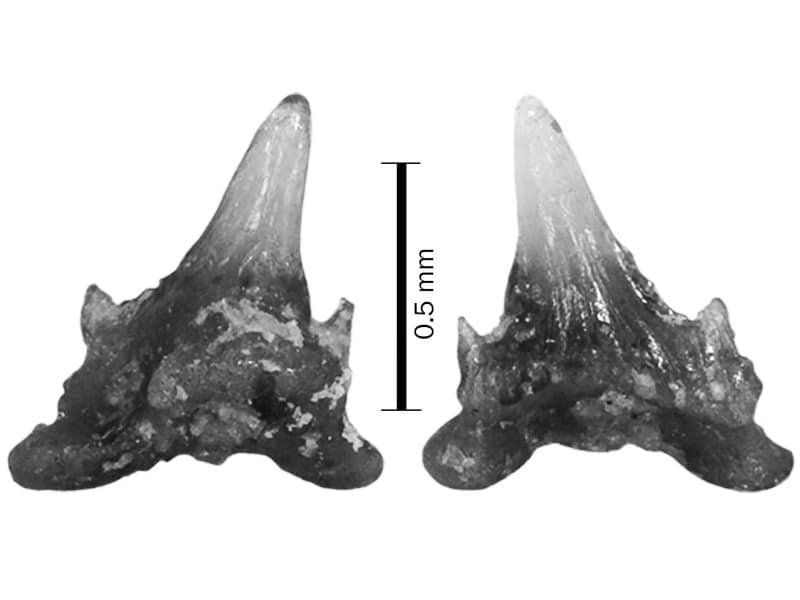At McWane Science Center, our mission is simple yet powerful: to spark wonder and curiosity…
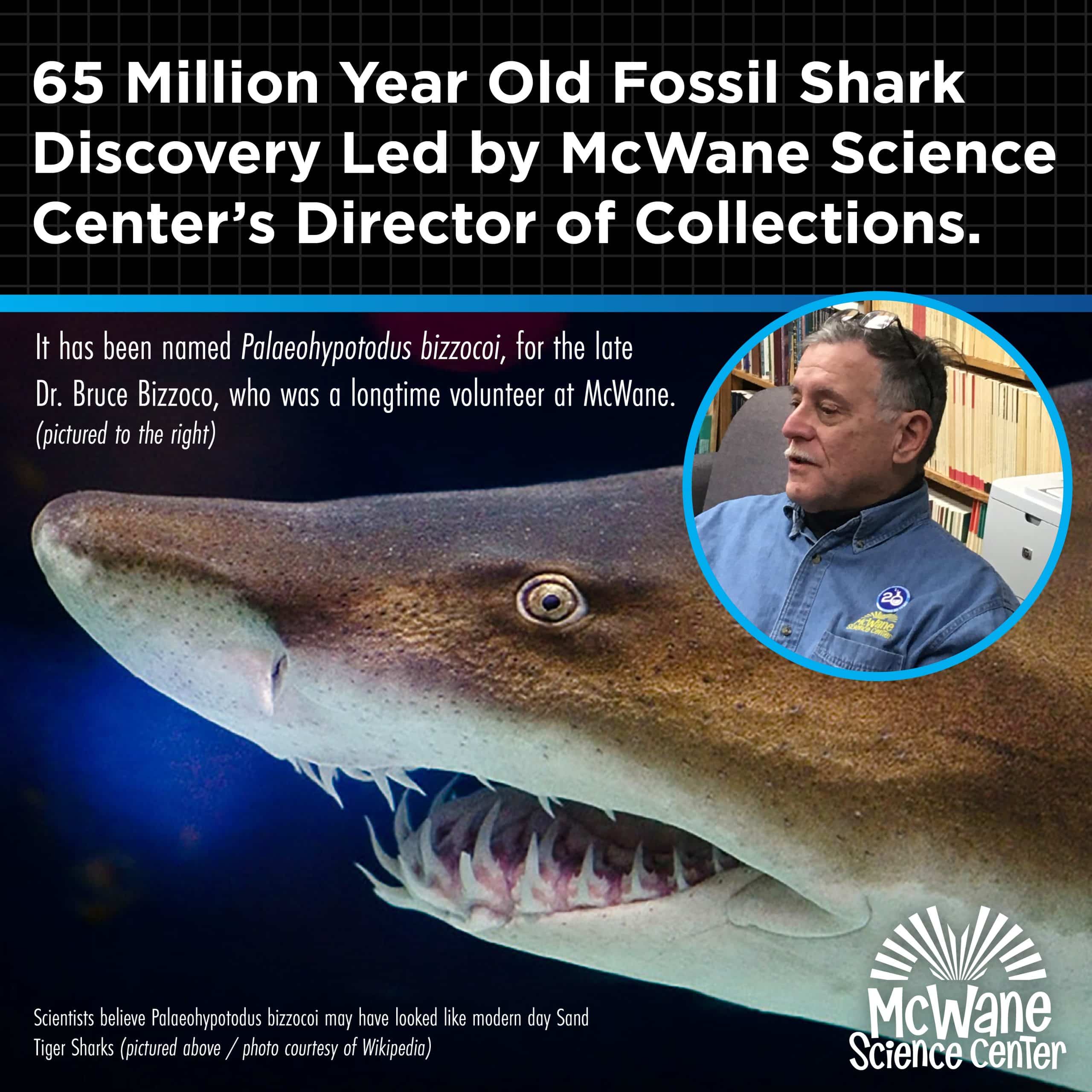
65 Million Year Old Fossil Shark Discovery Led by McWane Science Center’s Director of Collections

Full study here (available 2/7/24 at 12:00 p.m. CST): https://doi.org/10.3897/fr.27.e112800
“This shark was one of the ocean’s top predators after the extinction of the dinosaurs”
Birmingham, AL (February 7, 2024) – Today, a team of scientists is pleased to announce the discovery of a new fossil shark species from Alabama. The team is led by Jun Ebersole, Director of Collections at McWane Science Center located downtown Birmingham, David Cicimurri, Curator of Natural History at the South Carolina State Museum in Columbia, and T. Lynn Harrell, Jr., a Paleontologist and Fossil Collections Curator at the Geological Survey of Alabama in Tuscaloosa.
The shark is a new species of Palaeohypotodus (pronounced pale-ee-oh-hype-oh-toe-duss), which means “ancient small-eared tooth,” in reference to the small needle-like fangs present on the sides of the teeth. It has been named Palaeohypotodus bizzocoi, for the late Dr. Bruce Bizzoco (1949-2022) of Birmingham. Bizzoco served as a Dean at Shelton State Community College as an archaeologist and was a longtime volunteer at McWane Science Center. The naming of this species honors Dr. Bizzoco’s lifelong commitments to education and the preservation of Alabama’s history. According to Ebersole, the discovery of this shark was accidental.
“A few years ago, I was looking through the historical fossil collections at the Geological Survey in Alabama and came across a small box of shark teeth that were collected over 100 years ago in Wilcox County,” Ebersole said. “Having documented hundreds of fossil fish species over the last decade, I found it puzzling that these teeth were from a shark that I didn’t recognize.”
Ebersole quickly realized that these teeth belonged to a new species.
“Perhaps one of the coolest aspects of this shark, is when it lived – the Paleocene, approximately 65-million-years-ago,” Cicimurri said. This is the time-period from just after the death of the dinosaurs, where over 75% of life on Earth went extinct.”
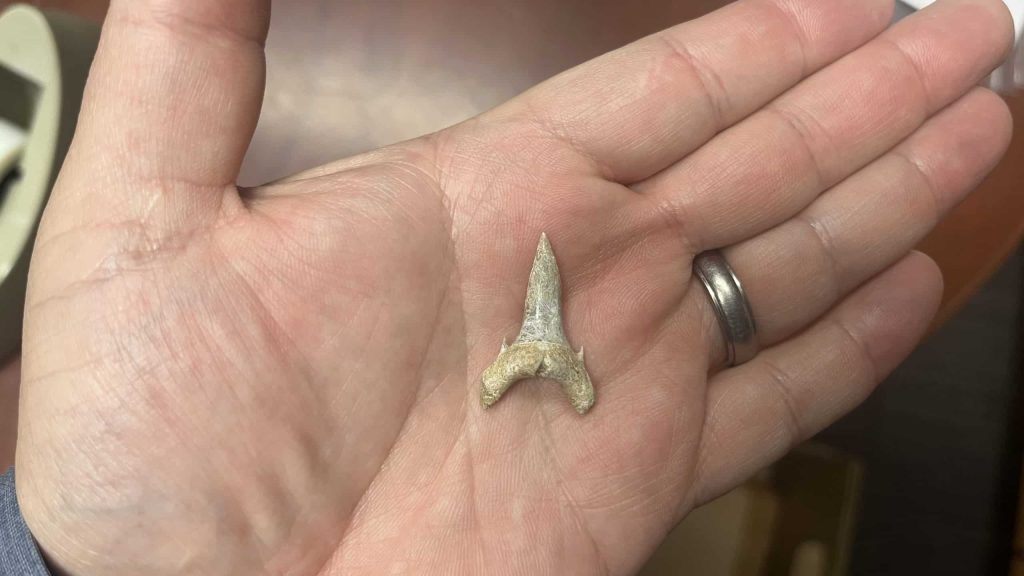
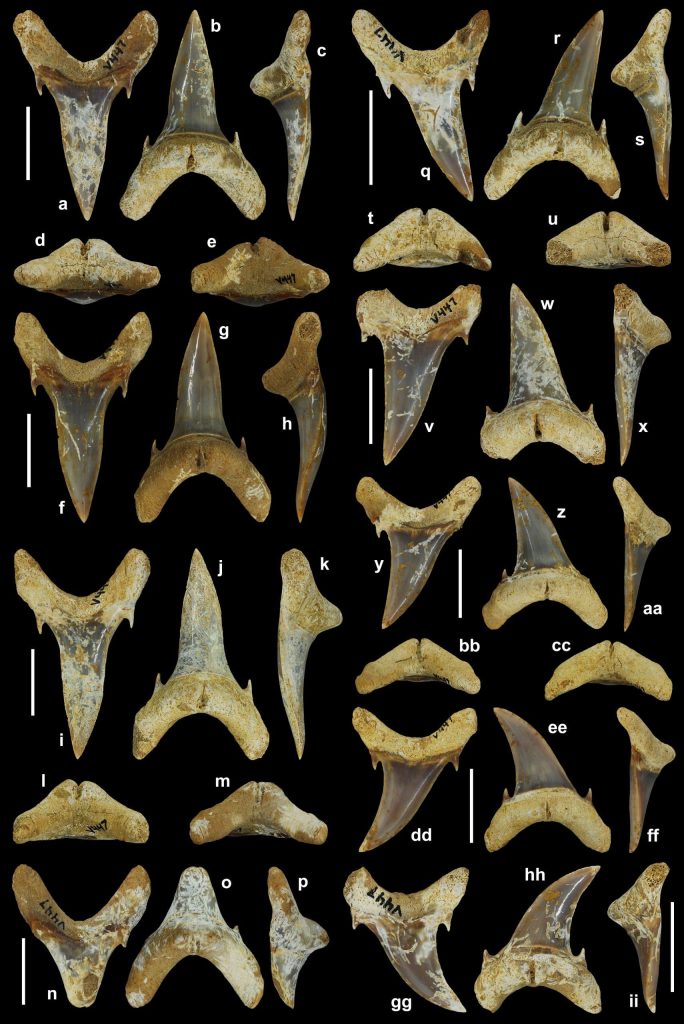
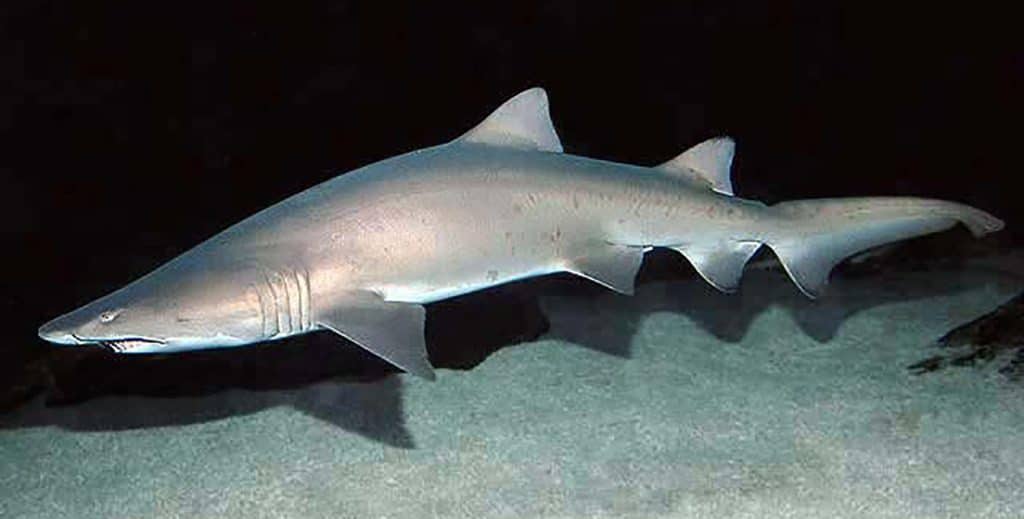
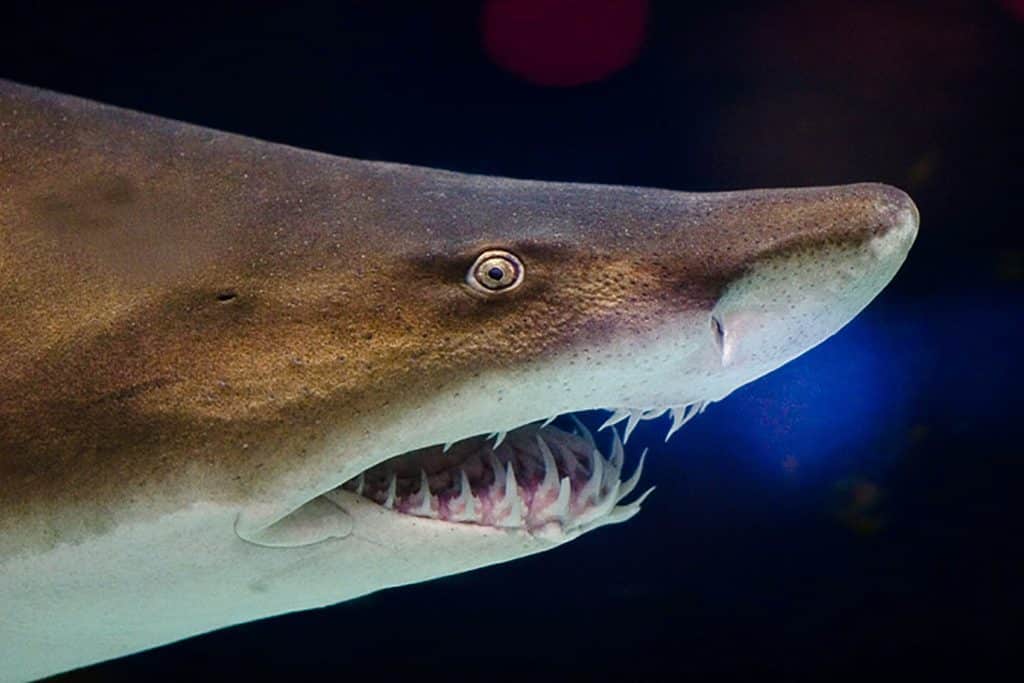
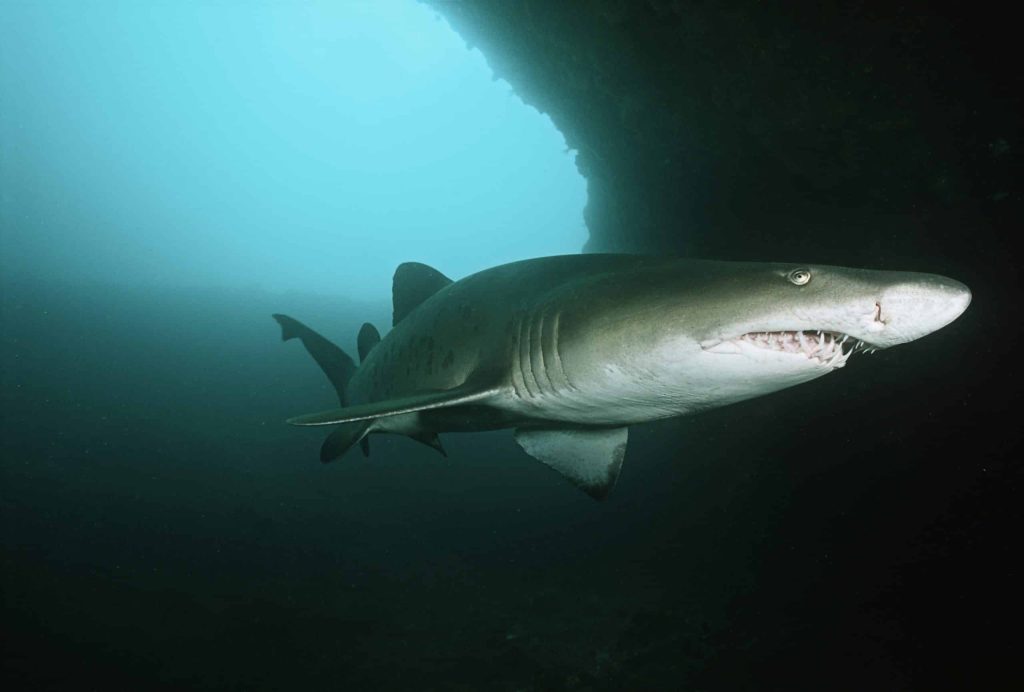
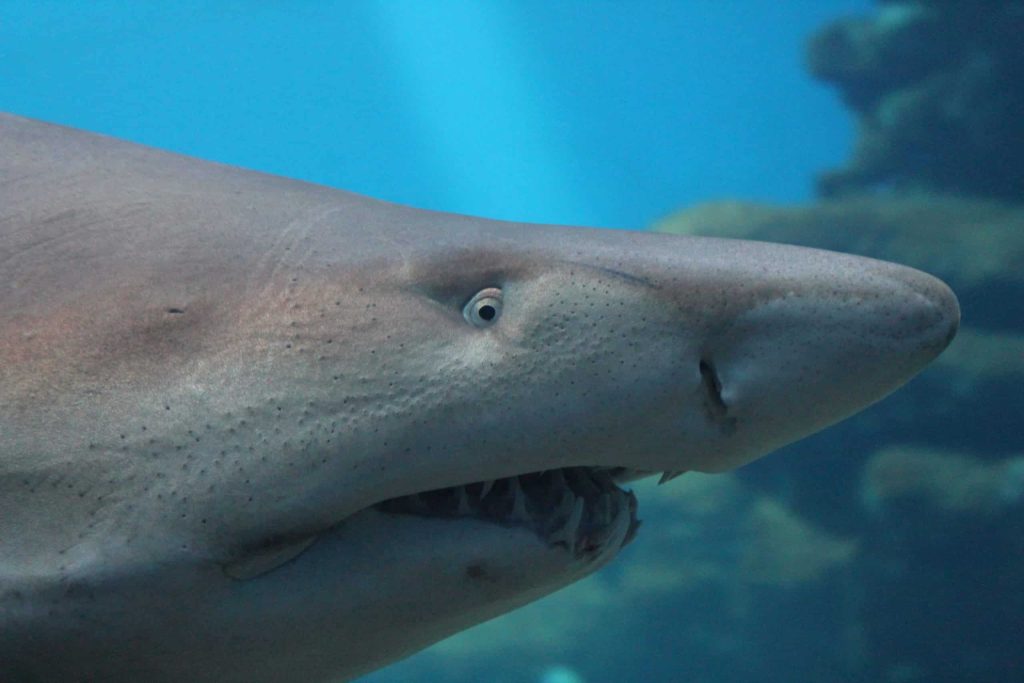
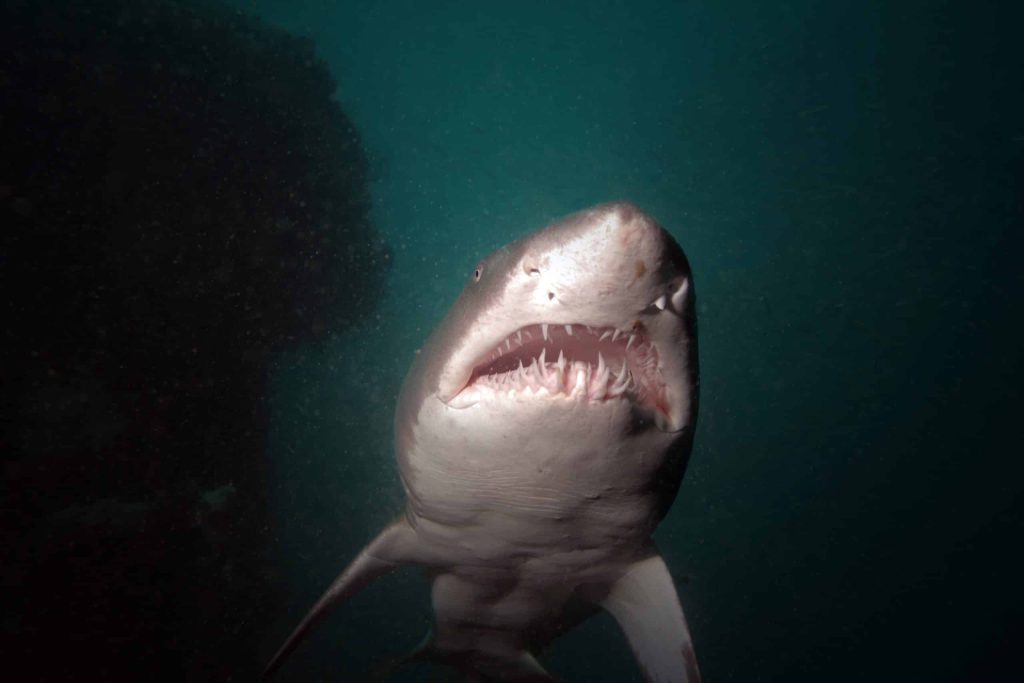
According to Cicimurri, this shark was a leading predator during the time when the oceans were recovering.
“This time period is understudied, which makes the discovery of this new shark species that much more significant,” Harrell said.
The naming of this shark is part of an ongoing project led by Ebersole and Cicimurri to document Alabama’s fossil fishes. Together, they have confirmed over 400 unique species of fossil sharks and bony fishes, which, according to Ebersole makes Alabama one of the richest places in the world in terms of fossil fish diversity.
The study, titled A new species Palaeohypotodus Glickman, 1964 (Chondrichthyes, Lamniformes) from the lower Paleocene (Danian) Porters Creek Formation, Wilcox County, Alabama, USA, was published today in the open access journal Fossil Record and can be downloaded here: https://doi.org/10.3897/fr.27.e112800
Who discovered these sharks? The new fossil shark species was discovered and named by the following team of researchers:
- Jun A. Ebersole, Director of Collections, McWane Science Center, Birmingham, AL.
- David J. Cicimurri, Curator of Natural History, South Carolina State Museum, Columbia, SC.
- T. Lynn Harrell, Jr., Paleontologist and Fossil Curator, Geological Survey of Alabama, Tuscaloosa, AL.
Where was the shark discovered?
The fossil shark teeth were collected over 100 years ago from an old farm in Wilcox County, Alabama, and were reposited in the collections at the Geological Survey of Alabama in Tuscaloosa, AL. The teeth were later “rediscovered” in 2020 by Ebersole and Harrell who determined they belonged to a new species.
When did this shark live?
This ancient shark species appears in the geologic record just after the extinction of the dinosaurs, approximately 65-million-years-ago during a time period called the Danian Stage of the Paleocene Epoch.
What does the name mean?
Palaeohypotodus is an extinct genus of shark. Other species of Palaeohypotodus have been previously described oversees from Europe and Russia. The name Palaeohypotodus means “ancient small-eared tooth,” in reference to the small needle-like fangs present on the sides of the teeth. The new species, Palaeohypotodus bizzocoi, is named for the late Dr. Bruce Bizzoco (1949-2022) of Birmingham, AL, who was an archaeologist, Dean at Shelton State Community College, and volunteer at McWane Science Center. The naming of this species honors Dr. Bizzoco’s lifelong commitments to the education and preservation of local Alabama history.
What did the shark look like?
Scientists do not actually know for sure because this species is only known from a handful of teeth. Because the teeth and dentition of this fossil shark is very different from those of any living sharks, it is difficult to determine its body shape. However, of all the sharks living today, the teeth of Palaeohypotodus bizzocoi are somewhat comparable to those of Sand Tiger Sharks (Carcharias taurus), indicating that they might have had a similar appearance.
How large was this shark?
Based on lengths of modern Sand Tiger Sharks, Palaeohypotodus bizzocoi likely grew to lengths of up to 10 feet.
What did this shark eat?
Palaeohypotodus bizzocoi teeth have distinctive side fangs on their teeth, called lateral cusplets. In living sharks, those that have teeth with lateral cusplets often feed on bony fishes, crustaceans, and squids, suggesting this fossil shark had a similar diet.
Why is this shark discovery important?
- The discovery of this new fossil species increases our knowledge of the known fossil shark diversity along the Gulf Coastal Plain of the USA, one of the richest regions in the world in terms of fossil fish diversity.
- This species represents the first occurrence of any species of Palaeohypotodus in the Gulf Coastal Plain region of the USA.
- This species appears in the fossil record just after the extinction of the dinosaurs, 65-million-years-ago. During the dinosaur extinction event, over 75% of life on Earth died out. Palaeohypotodus bizzocoi was one of the larger sharks living at a time when the world’s oceans were recovering. Studying the fishes from this span of time (called the Paleocene) provides us with clues on how marine animals respond and recover to cataclysmic events.


